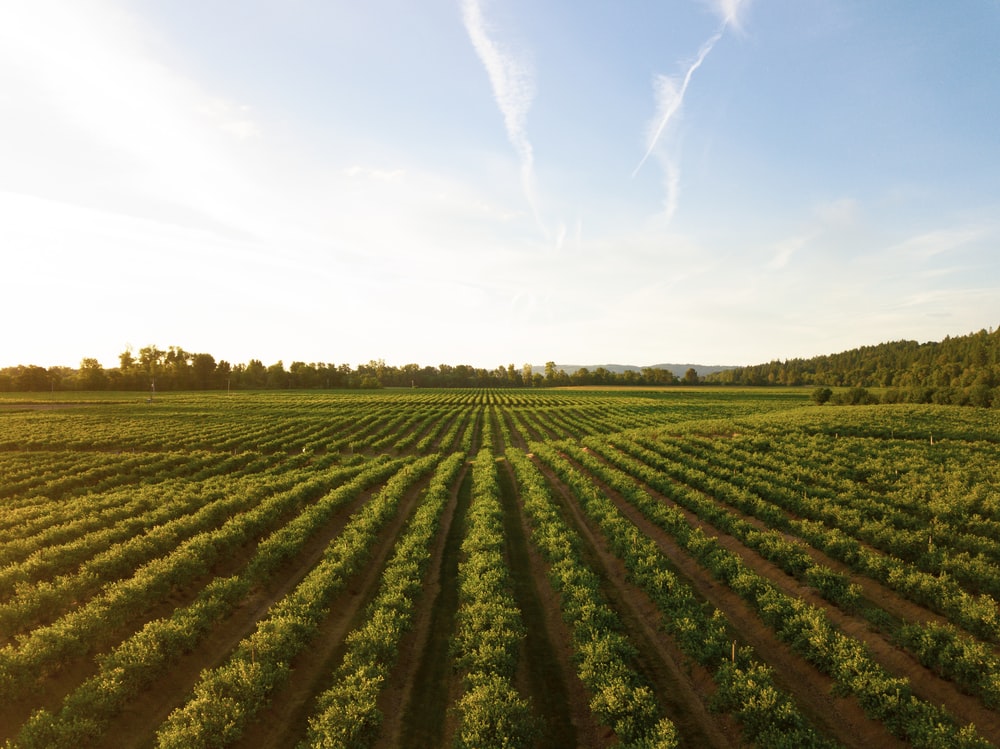


"The Ethiopian industry and mobilization process of development and prosperity isn't began yet , with 80% population of youngsters and brave minds we have got a lot to do as we bagan in the past ; through doing it in the present that will last for the next generation"
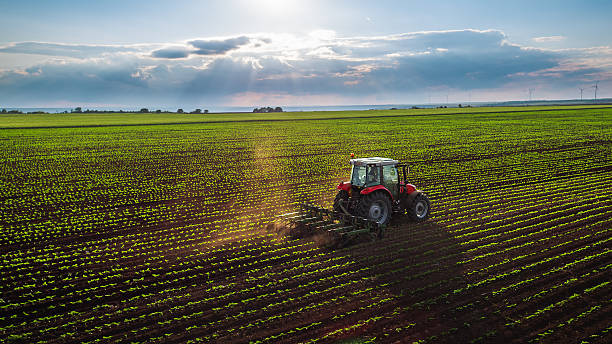


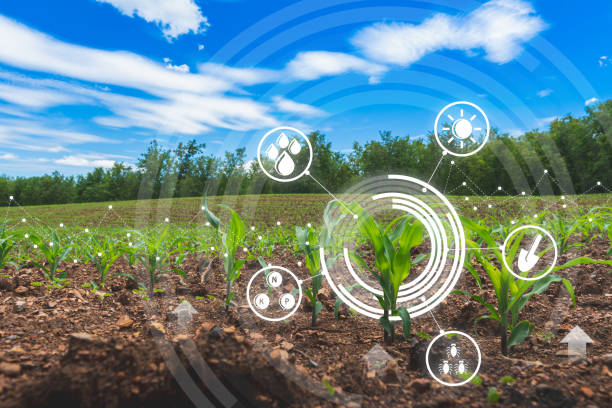
"The Agriculture sectors comprise establishments primarily engaged in growing crops, raising animals, and harvesting fish and other animals from a farm, ranch, or their natural habitats.Horticulture is the science and art of the development, sustainable production, marketing and use of high-value, intensively cultivated food and ornamental plants."
Agriculture is the mainstay of Ethiopian economy involving major source of employment and gross national product. By African, standard rural development programme has long history in Ethiopia. It has also enjoyed a considerable attention by the government. However, the expected level was not achieved. The main objective of this review is to indicate the policy gaps in terms of access, utilization and coverage of rural development policy programme packages by different segments of people in rural areas. The programme packages of rural development policy of the country were reviewed over the past three regimes. It was indicated that there were significant gaps in access, utilization and coverage due to wrong policy priority, institutional and technological variables.

When many African countries have shown limited commitment to supporting smallholder agriculture and when many neglected agricultural extension services in particular, the government of Ethiopia invested in both. On average, the share of national budget devoted to agriculture in the sub-Saharan Africa fell from 5.5% in 1993 to 3.8% in 2000. However, due to the commitment of heads of states in Maputo in 2003 to allocate 10% of their budget to agriculture and a recovery of attention to agriculture, Ethiopia is one of the eight countries to meet the target allocating 15% of the budget over the decade of 2003/2004–2012/2013.
Agriculture is the backbone of the Ethiopian economy. This particular sector determines the growth of all other sectors and consequently the whole national economy. It constitutes over 50% of the gross domestic product (GDP), accounts for over 85% of the labour force and earns over 90% of the foreign exchange [2]. On average, crop production makes up 60% of the sector’s outputs, whereas livestock accounts for 27% and other areas contribute 13% of the total agricultural value added. The sector is dominated by small-scale farmers who practice rain-fed mixed farming by employing traditional technology, adopting a low-input and low-output production system. The land tilled by the Ethiopian small-scale farmer accounts for 95% of the total area under agricultural use, and these farmers are responsible for more than 90% of the total agricultural output.
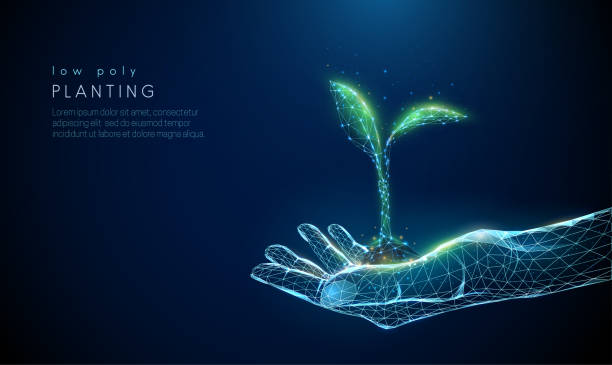
According to Roling , rural development policies and programmes are usually developed to suit the condition of progressive farmers. Knowledge and awareness about the relative importance of each package component to overall yield give farmers room for flexibility in stepwise adoption of the technology, according to their conditions and resources. Development agents, extension professionals, subject matter specialists, farmers’ representatives, politicians and researchers tend to contact only them. Policy makers and donor agencies have so far been emphasized the use of modem farm technologies as a sole source of agricultural growth in Ethiopia. However, the cost of modern technologies is so prohibitive that few farmers in limited areas of the country are so far reached. Therefore, it is high time to explore possibilities for identifying approaches that could complement existing strategies of growth.
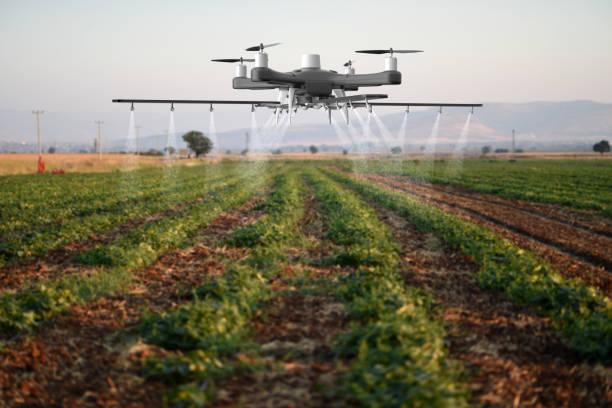
The country has varied agro-climatic zones. The government extension programme lists these as: areas of adequate rainfall; areas of moisture stress; and pastoral areas. Farmers traditionally classify them as dega (cool), woina dega (temperate) and qolla (low land; warm climate). This diversity makes it a favourable region for growing a variety of crops.The rural development in Ethiopia has a relatively longer history than many sub-Saharan African countries. It has also enjoyed increasing government support over years, though not to be in the level expected. Review of the evolution of the Ethiopian rural development policy under different political systems reveals the significance of prevailing policies and development strategies on the contribution to agricultural development.
Under the Imperial Era, development policies favoured industrial development, neglecting the agricultural sector and worked mainly with the better-off and commercial farmers in and around major project areas. During the 1974–1991 periods, however, the political environment favoured collective and state farms at the expense of individual farmers. Distorted macroeconomic policies, political unrest and massive villagization and settlement programmes undermined the contribution that the rural development policies could have made. The post-1991 period is also marked with the most prominent and enduring economy-wide strategies as Agricultural-Led Industrialization (ADLI), the Sustainable Development and Poverty Reduction Program (SDPRP), Participatory and Accelerated Sustainable Development to Eradicate poverty (PASDEP) and successive growth and transformation plans (GTP I and II). These strategies intend, among others, to attain food self-sufficiency at national level by increasing productivity of smallholders through research-generated information and technologies, increasing the supply of industrial and export crops and ensuring the rehabilitation and conservation of natural resource base with special consideration of package approach.
During the imperial regime, emphasis was placed on raising foreign exchange earnings by cash crops and the establishment of large-scale commercial farms and neglected cereal production from subsistence farmers which accounted more than 80% of the cultivated area. During the 1974–1991 periods, however, the political environment favoured collective and state farms at the expense of individual farmers. Distorted macroeconomic policies, political unrest and massive villagization and settlement programmes undermined the contribution that the rural development policies could have made. Moreover, concerns shifted by large towards increasing productivity of smallholders to attain food self-sufficiency at national level through research-generated information and technologies, increasing the supply of industrial and export crops and ensuring the rehabilitation and conservation of natural resource base. However, population growth, environmental degradation, climate-related decline of yield, low level of farm input innovation, capital constraints are among the pressing constraints. Compared to other sub-Saharan Africa, Ethiopia has an admirable record of supporting agriculture; the continued state-led policies to boost agricultural production, but understanding of the complex issues involved, evidence-based analysis and policy recommendations, and continuous debate on the pros and cons of alternatives options are required. Continued public engagement in input markets and extension services, and participation of private investment in providing goods and services for smallholders in a potentially efficient manner should be encouraged. Overall assessment of the access, utilization and coverage of the technological packages of rural development in the country was not realized although there were significant attentions across regimes.